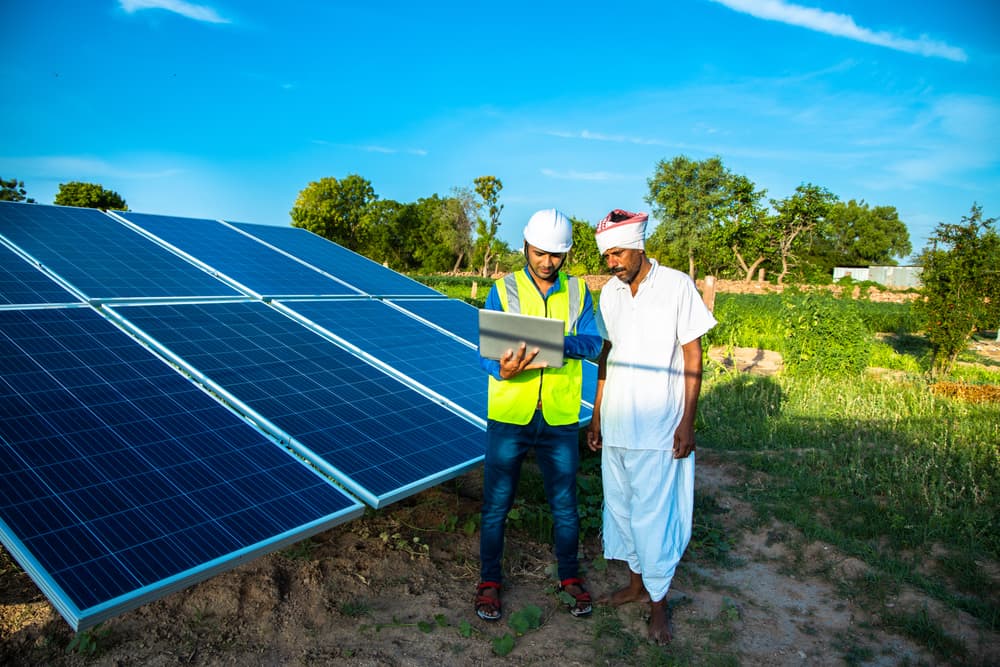PM Awas Yojana: How Does It Benefit Seniors And Economically Poor?
The scheme allows the economically weaker sections of the society living in rented houses, slums, chawls, unauthorised colonies, etc., to own their own dream home
The scheme allows the economically weaker sections of the society living in rented houses, slums, chawls, unauthorised colonies, etc., to own their own dream home

PM Awas Yojana
Union Finance Minister Nirmala Sitharaman’s announcement in the Interim Budget for 2024-25 to build an additional two crore homes under the PM Awas Yojana over the next five years has brought focus on this popular housing scheme benefiting millions of economically poor people.
The scheme provides readymade homes and subsidised house construction loans with longer repayment periods. Senior citizens and differently-abled people are given priority for ground-floor accommodation in the apartment blocks built under the scheme.
Advertisement
The scheme allows the economically weaker sections of the society living in rented houses, slums, chawls, unauthorised colonies, etc., to own their own dream house, which otherwise would have been impossible to afford.
One key aspect of these homes is that they are built with eco-friendly materials and adopt green energy, like solar, to reduce the overall cost of living in these houses. Secondly, the scheme benefits economically poor people from urban and rural areas. In the initial phase of its launch in 2015, priority was given to cities and towns before expanding to rural India.
Advertisement
This mega government-backed housing project has not only addressed the housing needs of people with low incomes and the middle class but has also stimulated real estate and infrastructure growth and demand for residential properties.
The scheme’s primary objective is to provide “pucca” (permanent design) houses besides housing for all. Sitharaman, in her speech, said the government is close to reaching its target of building three crore (30 million) houses, as she announced the building of an additional two crore houses over the next five years to meet the rising demand in the urban areas.
In January this year, Prime Minister Narendra Modi launched the PM Suryodaya Yojana. This rooftop solarisation scheme will complement the current efforts in PM Awas Yojana and is expected to benefit one crore households with 300 units of free electricity every month.
The Suryodaya scheme will also allow them to sell the surplus electricity to distribution companies. Sitharaman said the beneficiaries can save around Rs 18,000 annually from it.
The scheme will benefit power suppliers and installers, generate employment for people with relevant experience, and open up opportunities for businesses like charging stations for electric vehicles, etc. The schemes complement each other in fulfilling the needs of low-income people.
Advertisement
Indian business tycoon Gautam Adani plans to retire in 2030 when he turns 70 and wants the next generation of his family members, his children and cousins, to take over the reins.
Individual responsibility towards financial planning extends beyond personal gain to contribute to the well-being of the family, society, and the nation, says Bagchi.
Andy Murray retired from tennis after losing in the doubles quarterfinals at the Paris Olympics. Here are the key takeaways from his retirement decision.
Get all the latest stories delivered to your inbox
Advertisement
Get all the latest stories delivered to your inbox